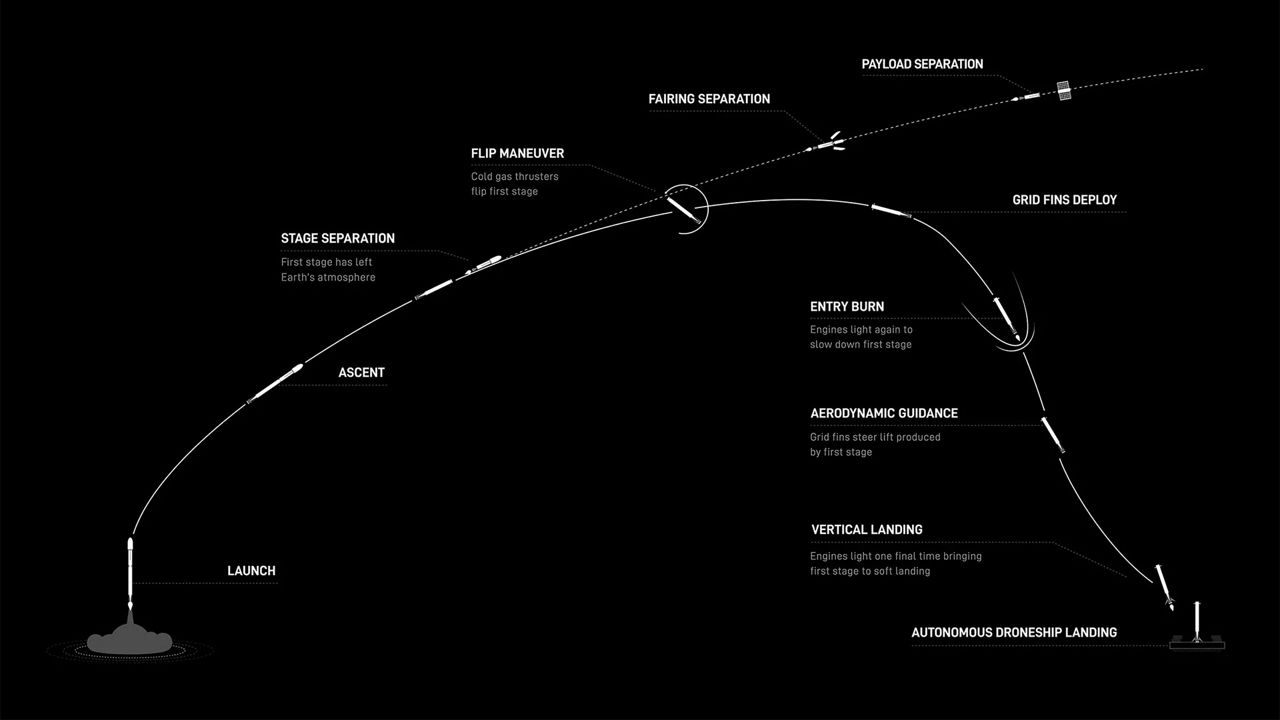CAPE CANAVERAL SPACE FORCE STATION — On Tuesday night, SpaceX held another successful launch of Starlink satellites, which was a particular Falcon 9 booster’s 20th mission.
What You Need To Know
- SpaceX sent 20 more Starlink satellites to low-Earth orbit late Tuesday night
- It was the 20th launch for the first-stage booster
At 10:16 p.m. ET, the Falcon 9 rocket sent up the Starlink 8-5 mission from Space Launch Complex 40 at Cape Canaveral Space Force Station.
The 45th Weather Squadron gave a 90% chance of good liftoff conditions, with the only concerns being the cumulus cloud rule.
Going up
This is the 20th mission for the Falcon 9's first-stage booster B1067. It has an amazing career, with some impressive missions under its hat, including two crewed ones.
- CRS-22
- Crew-3
- Turksat 5B
- Crew-4
- CRS-25
- Eutelsat HOTBIRD 13G
- mPOWER-a
- Satria
- Telkomsat Merah Putih 2
- 10 Starlink missions
There are many different Falcon 9 first-stage boosters, with one only having three missions and another having 21 missions under its resume.
After the stage separation, old B1067 will land on the droneship Just Read the Instructions that will be in the Atlantic Ocean.

About the mission
The Starlink company, owned by SpaceX, will have 20 satellites going to low-Earth orbit. And 13 of them have “direct to cell capabilities.”
“Starlink satellites with Direct to Cell capabilities enable ubiquitous access to texting, calling, and browsing wherever you may be on land, lakes, or coastal waters. Direct to Cell will also connect IoT devices with common LTE standards,” Starlink stated.
Harvard-Smithsonian Center for Astrophysics’ Dr. Jonathan McDowell documents Starlink satellites.
Before this launch, McDowell recorded the following:
- 6,100 are in orbit
- 5,234 are in operational orbit




